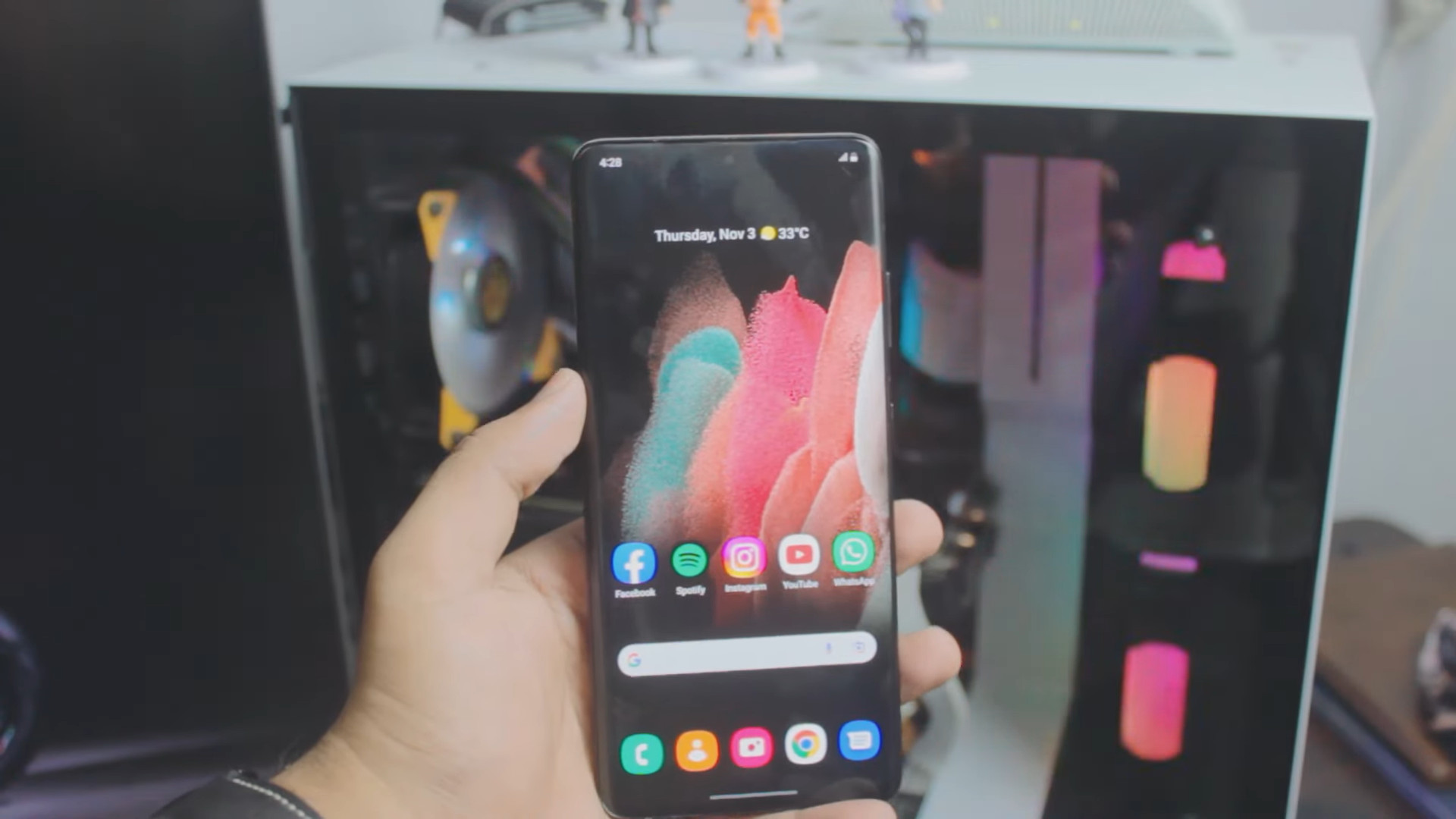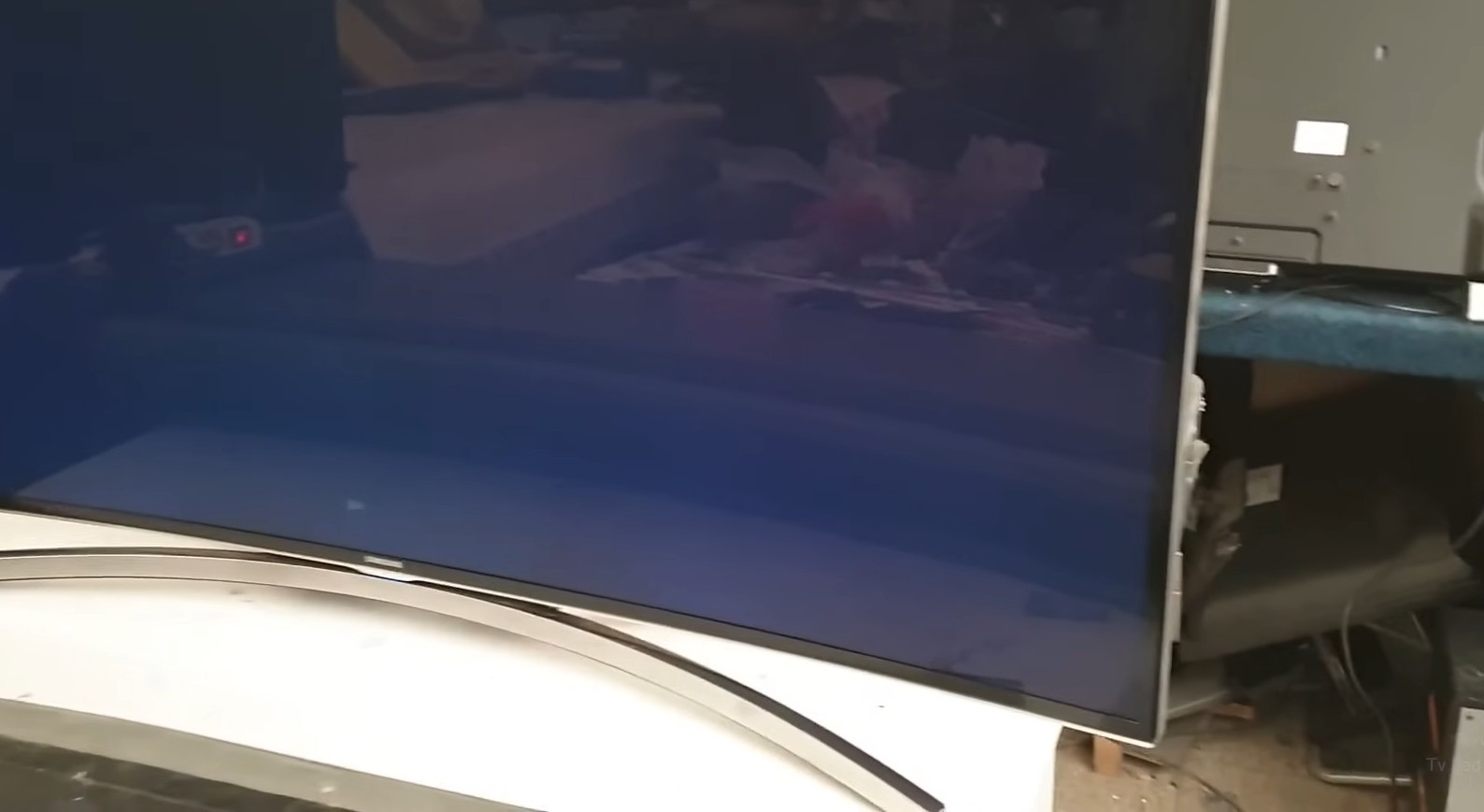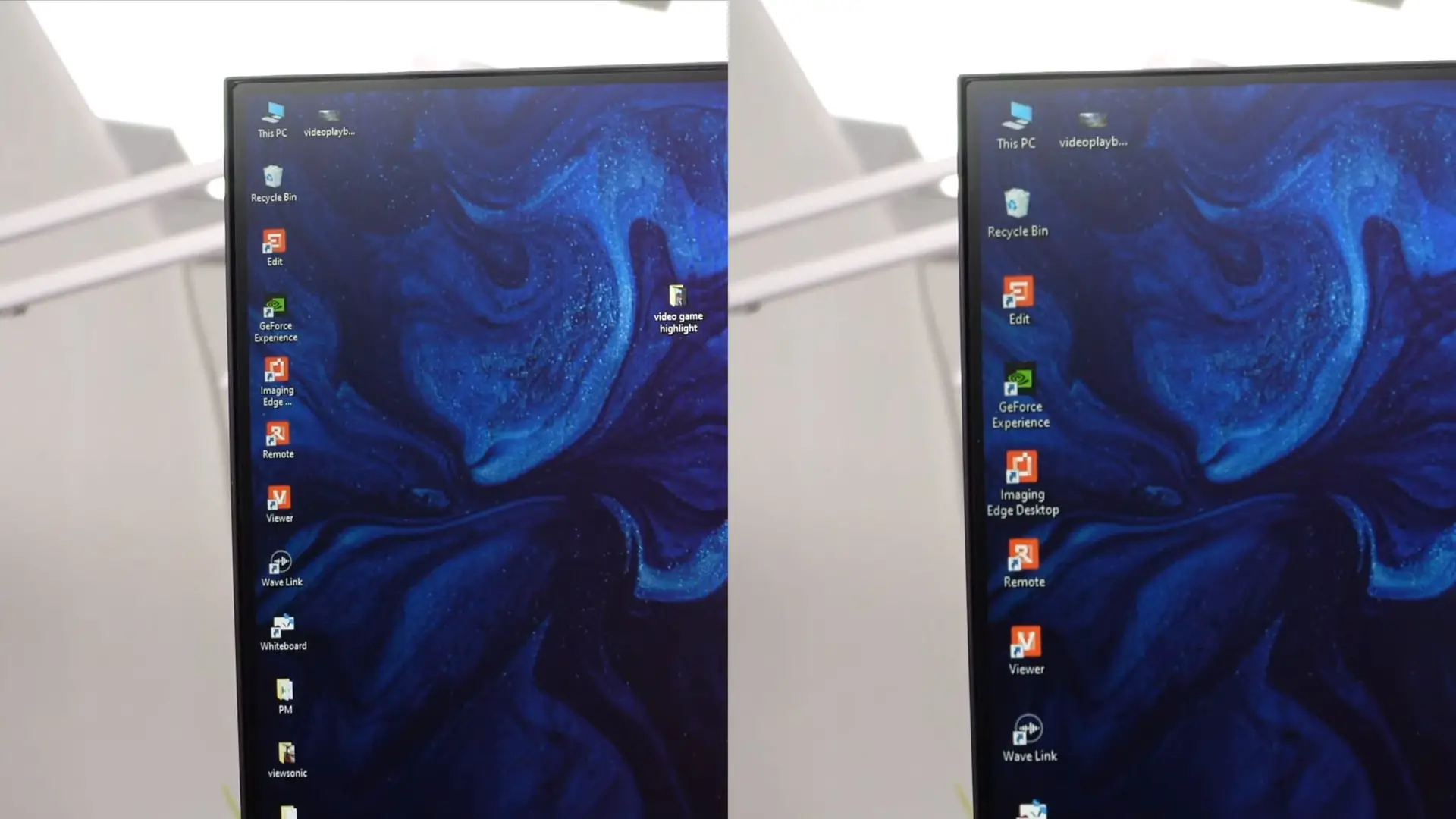What Is a Projection TV? Common Types for 2025
You’ve undoubtedly heard of TVs and projectors, but what is a projection TV?
It would be difficult to imagine what this product would be like since their sizes are so different. The projector’s main job is to enlarge the picture much more than your TV.
In this article, we will help all readers answer this question and categorize some of the common and the answers to frequently asked questions.
Contents
What Is A Projection TV?
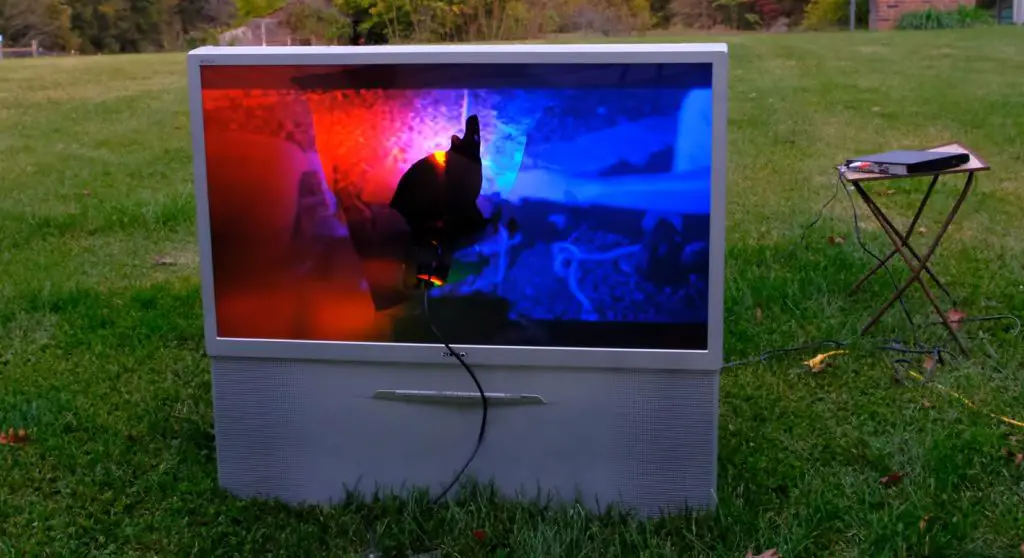
A projection TV results from technical and technological research made up of television technology and projector technology.
The task of screen technology is to create an image, and projector technology will be responsible for transmitting and putting the image on the screen.
At the same time, today’s TVs have also grown in a wide variety, allowing you to choose more efficiently, according to your preferences and the space you use. We can list several types of TVs, such as LCD TVs or Plasma TVs.
They appeared and have replaced older products like the old-fashioned, extra-large cathode-ray tube (CRT) TVs. Therefore, projection TV has also developed similarly.
The benefit of a projection TV is that the resulting image will be much larger than most standard models. At the same time, the TV also becomes a small-scale cinema screen for home use, providing an enjoyable experience.
Types Of Projection TV
Here, let’s find out the types of TV projection on the market today:
Front Projection
First, let’s look at the front projection type with a two-part system, the front screen, and the projector. Usually, manufacturers offer this product for home theater and high-end equipment. The visibility of this device is excellent at 8 feet and 10 feet.
For families or businesses that often install this TV projection into the room, the screen will be fixed on the wall or dropped from the ceiling by remote control.
Besides, if you want to change the size, you can do the screen replacement and move the device closer or further away.
Rear Projection
Rear projection uses display technology with CRT, LCD, or digital light processing (DLP) inside the frame. The task of this detail is to help project the image onto the screen in front. This type of projector was quite popular in the early days of traditional LCD TVs in the 2000s.
The advantage of this technology is that your TV will look more significant (up to 40 inches) than a traditional CRT. However, the screens in the rear projector units have the limited fixed size of a typical TV frame.
This device does its job by magnifying the image inside the TV and reflecting it through the mirror. Therefore, the image will be on the back of the screen, but the front is entirely standard.
CRT

CRT versions were products that appeared quite early in the 1950s and became a popular device more than 30 years later, thanks to the Barco brand.
It is also one of the reasons that the first TV projectors were similar in appearance and function to the super-powerful CRT TVs.
Compared to the rear projection, which uses a back one, CRT projectors use three powerful light guns to project separate red, blue and green images onto the screen. It means this device uses front projection. These colors will combine and form a specific image.
The most significant limitation of the product is its large size and heavyweight, making it difficult to move.
The amount of electricity consumed by the product is considerable, and the CRT tubes are boiling and challenging to set up initially.
You can trust them because CRT projectors give excellent picture quality, which is not outdated and is compatible with HDTV and Blu-ray DVD Players.
LCD
As mentioned in the above section, LCD is one of the most refined products today when it overtakes CRT TV.
The highlight of this device is having a smaller screen, lighter, cheaper, and more reliable. At the same time, you also don’t need to give it as much power as a CRT.
The principle of operation of LCD TV is to use a very bright light shining through a small LCD screen into a lens. The image is then projected on a large screen using LCLV (liquid crystal light valve) technology. Therefore, most families prefer to choose cheaper LCD versions.
However, image quality is likely to be worse than a CRT projector’s, and its lifespan is limited.
DLP
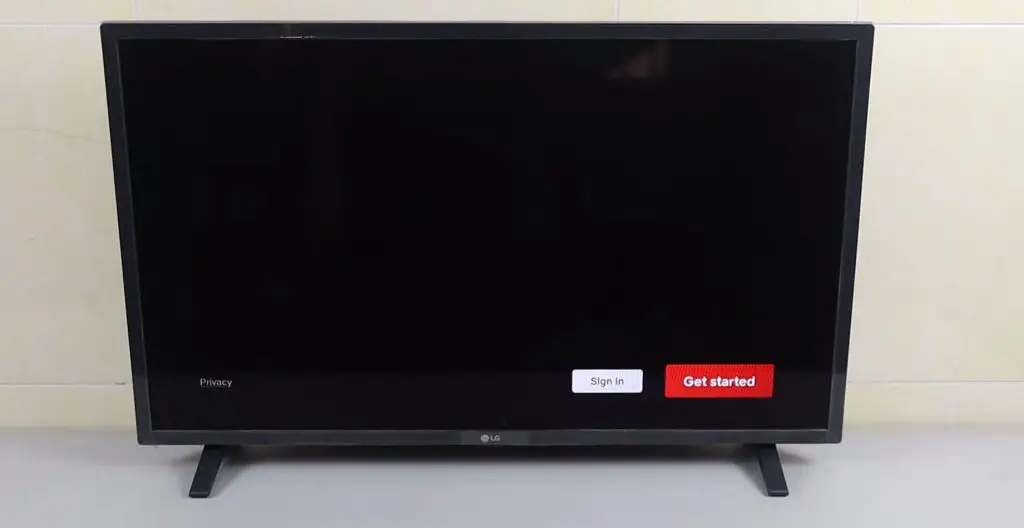
The newer LCD technology is DLP (digital light processing). It creates images with a micro-mirror that is entirely different from previous devices.
DLP works like you use a mirror to send a light signal to a friend far away. Specifically, you will perform the angle of the mirror so that it catches the light and tilt it slightly to let the light go where you want it. From there, you can pass information through Morse code.
DLP technology developed in the 80s of the 20th century, operating on a DMD chip. It contains about two million small mirrors arranged in a square grid.
At the same time, each mirror is tiny in diameter and mounted on a hinge to tilt thanks to an electronic circuit.
If the mirror is tilted towards the lamp, the light will be captured and reflected towards the screen, creating a bright dot (pixel). Otherwise, it will create a dark pixel on the screen.
Laser
The newest TV projector technology is laser projectors. It produces a great picture with 4K resolution and large images with bright colors. However, the range that the product can project is relatively short.
They use large diodes or gas lasers. In addition, the device also has a DMD mirror with the task of “scanning” the surrounding laser light to create an image.
Related: Do you need a 4K TV for PS5?
FAQs
What is the difference between a projection TV and a regular TV?
First, consider the image. Indeed a projection TV will produce a larger image than a regular TV.
At the same time, projection TV uses a beam of light to display an appearance on the screen. Therefore, it will create a small-scale cinema screen for home use to watch movies or play games.
Are projection TVs tube TVs?
Manufacturers used cathode ray tubes. The device will have a vacuum tube to shoot electrons onto a phosphor glass screen and create a picture.
Projection TVs also operate on the same technology. Yet, the difference is that the formed image will be through the lenses, and you can see the larger picture.
Why use a projector instead of a TV?
Using a projector instead of a TV depends significantly on the space and preferences of each person.
A projector is a must-have option if you want a flexible product available in various areas, including sunlight, or to provide a larger image. On the contrary, the TV is the ideal choice for a medium-sized product that is more suitable for the room.
Conclusion
A projection TV is the perfect combination of TV and projector, making it easier for you to choose the right product.
At the same time, you should take care of the protection and maintenance of your equipment so that it operates stably and has a maximum lifespan.
We hope the above information can help you. Thank you for reading!

